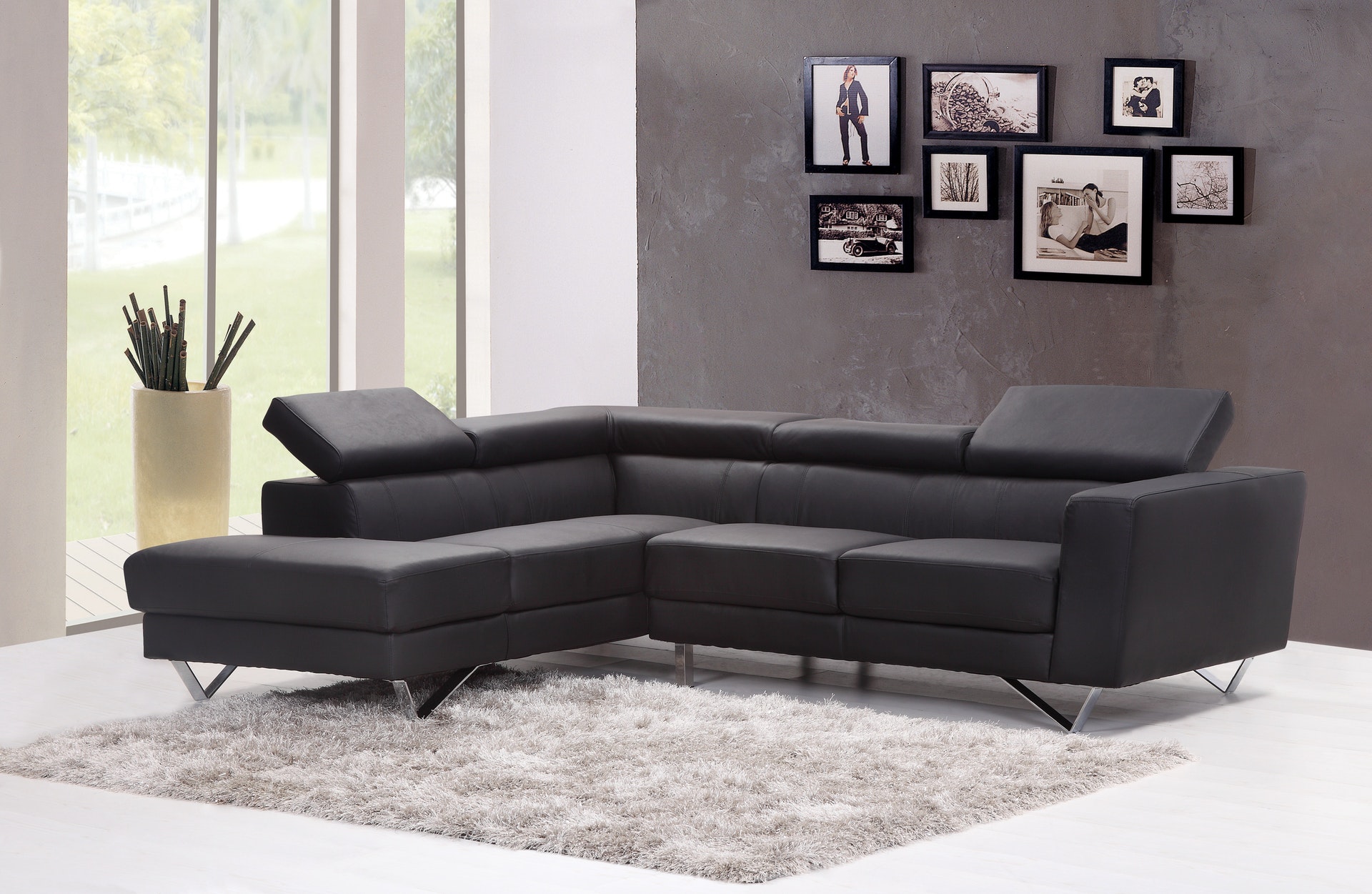How To Build An Athletic Fence: A Step-by-Step GuideHow To Build An Athletic Fence: A Step-by-Step Guide
Assembling an athletic fence takes a significant amount of planning. You must determine what sport you wish to play there. Is it American football, soccer, lacrosse, or baseball? These large-field sports will require larger venues than required for tennis, outdoor basketball, or volleyball.
Planning
If you wish to play American football, you’ll need a football field-sized area for a home facility. Conversely, if you wish to play soccer, you’ll have to cover a larger surface area (i.e. a soccer field with 50 yards each sideline). Moreover, you should be aware of the time frame where the fence will be in use. If your sport does not require use of the fencing for more than 30 days in a calendar year, it might be a good investment to select a location with free-use rights. You’ll also want to search for a neighborhood that is near a sporting event centre, including a high school, college, or even a municipal soccer stadium. This permits you to schedule matches when a stadium is not in use, and the cost is minimallymore than a professional center.
Putting up the fence posts
Most fence posts are 2-4 inches long and used to help support a fence. They can be oriented and cut to the desired fence post height in an easy to earn template. Choose a hole pattern that is suitable for the fence height, to the bottom ground line for the topmost place, and on the furthest side of the fence out of the home for the bottom post. Drill the hole, back fill, and tamped it down. If you are lucky, you’ll end up with four distinct sizes of holes for each fence. Read the article ! Discover how to use a trim-sander. See step-by-step procedure. Learn how to build a good deck surface. See step-by-step procedure. If you prefer a low-tech fence builder, buy a broom handle, a 4- to 6-inch tall branch, and a 4- to 6-inch long section of PVC pipe.
Making the fence
Step one would be to take an inventory of your play area. In case you have enough space, you can build the fence at the same time. However, for small yards and yards which are inconvenient to install, it might be easier to install the fencing one section at a time. The next step is to choose which type of fencing to install. Would you like a fence like this: or this: Depending on the dimensions of the yard and the amount of play, the choice will come down to a fence that is somewhat more permanent and much less flexible. But, it is nice to have the ability to use an open area for a brief time. A loose-bottom fence might be better than a permanent structure for your yard. The rest of the fence system as soon as you have selected the type of fence and size, the next step is to determine where it is to go.
Staining the fence
Next, you must decide on the stain and finish for the fence. A stain protects a fence from weathering, prevents staining with time, and provides a great rustic effect. An end or protective coating makes a fence aesthetically appealing and gives it a clean, shiny look. The choice of stain and finish will impact the way your fence looks from the sunlight, on a cloudy day, or when the fence is snowed on. You can also choose to weather-stripping the fence to protect it from the elements. This will protect the fence out of snow and frost damage. We also recommend not entirely staining the fence, but rather letting it weather to a natural finish. This will protect the fence out of future weathering, and it’ll give it a rustic look. Finishing touches Next, find the best height for the fence to balance each ofthe different components involved. Utilizing some a specially made fencing ladder, you can reach a great height in a brief period of time.
Attaching the fence
Attach the fence into the corner posts using large bolts that fit the shape of the fence and is strong enough to handle any athletic activity. You can do the exact same thing with wooden or synthetic fence posts. As you complete one section of fence, use the identical fencing system to attach another section to finish the playing area.
Additional Information
Where to install an athletic fence? If you opt for a sport which demands a larger playing area, it’ll be safer for your dog to stay on grass. Conclusion For any physical matches, higher fencing provides a durable, supportive fence that is cost-effective. Most fence manufacturers now provide low-tension fiberglass fencing for athletic purposes, which means that you can attain a similar quality at a significantly lower price.


